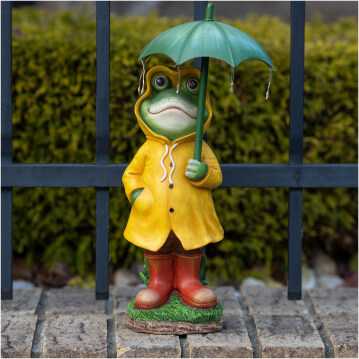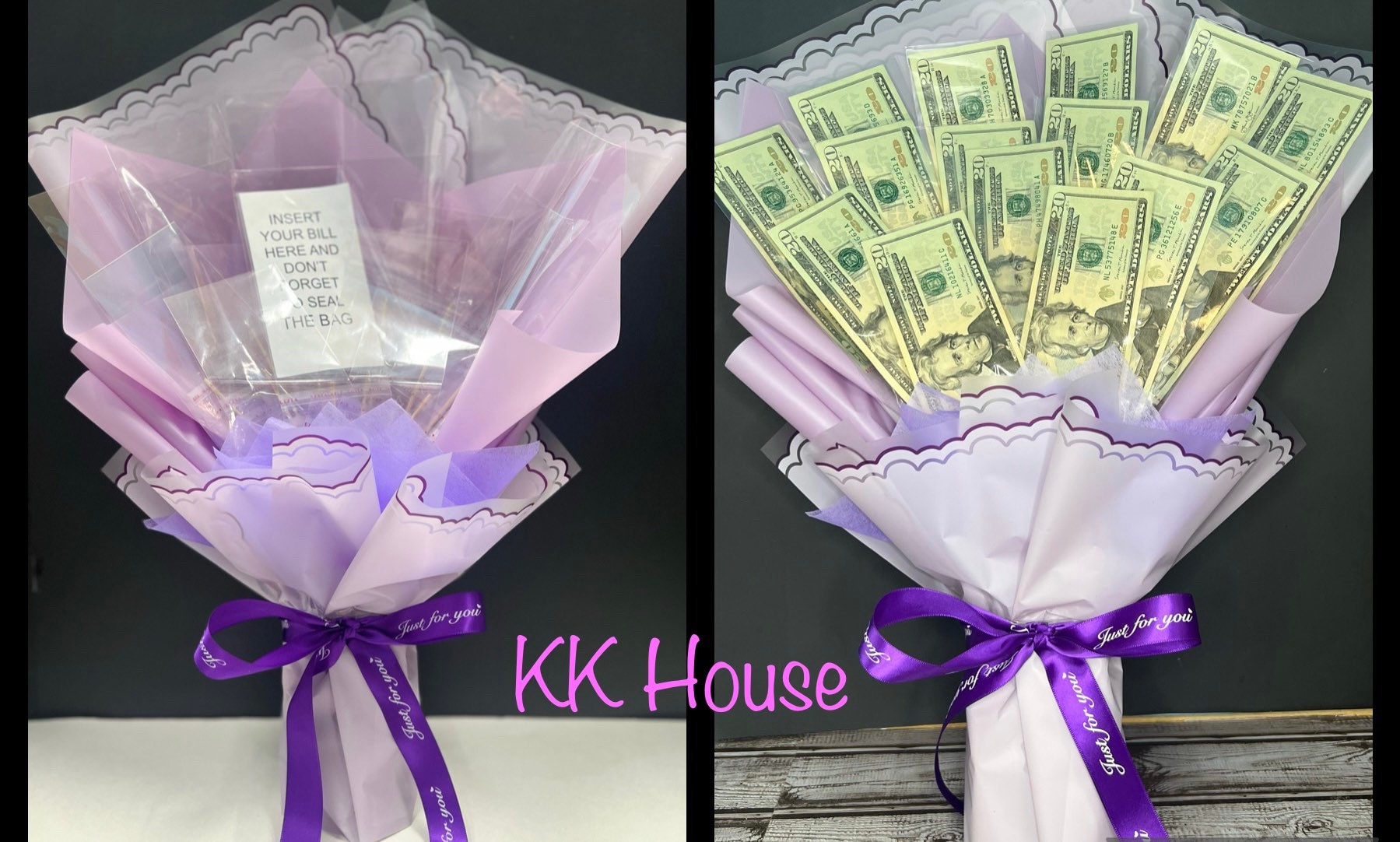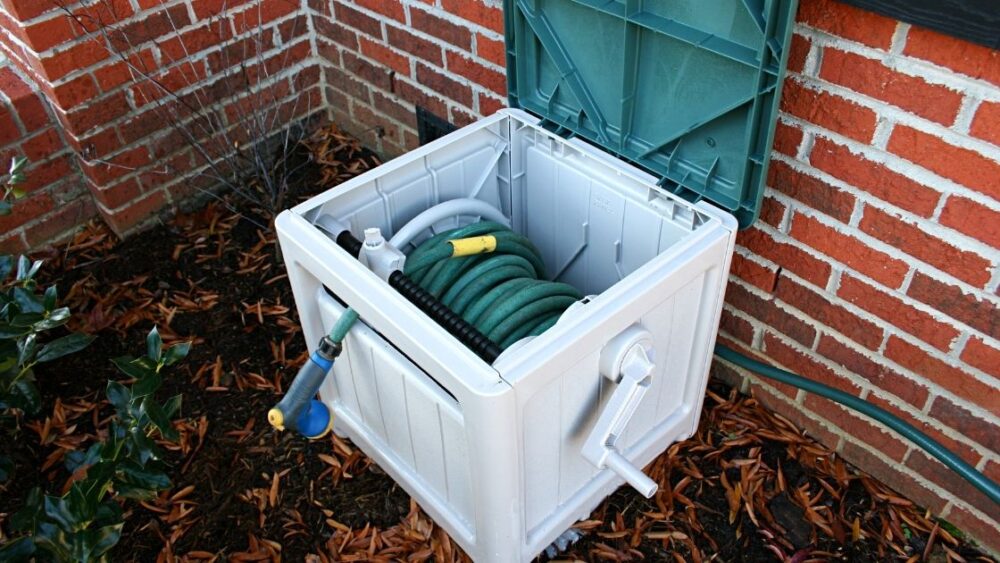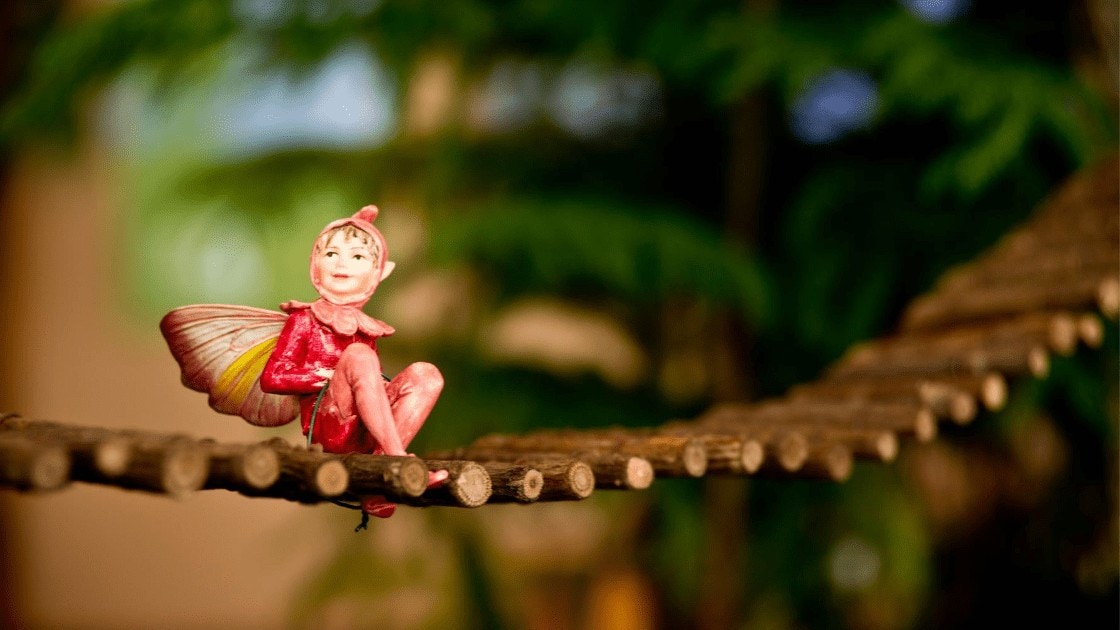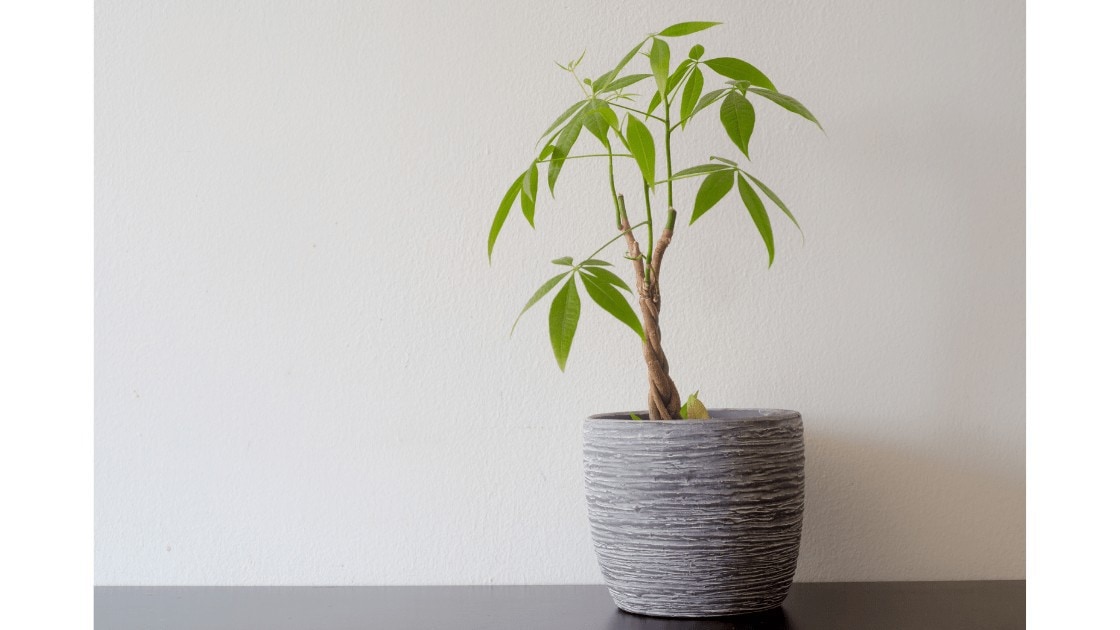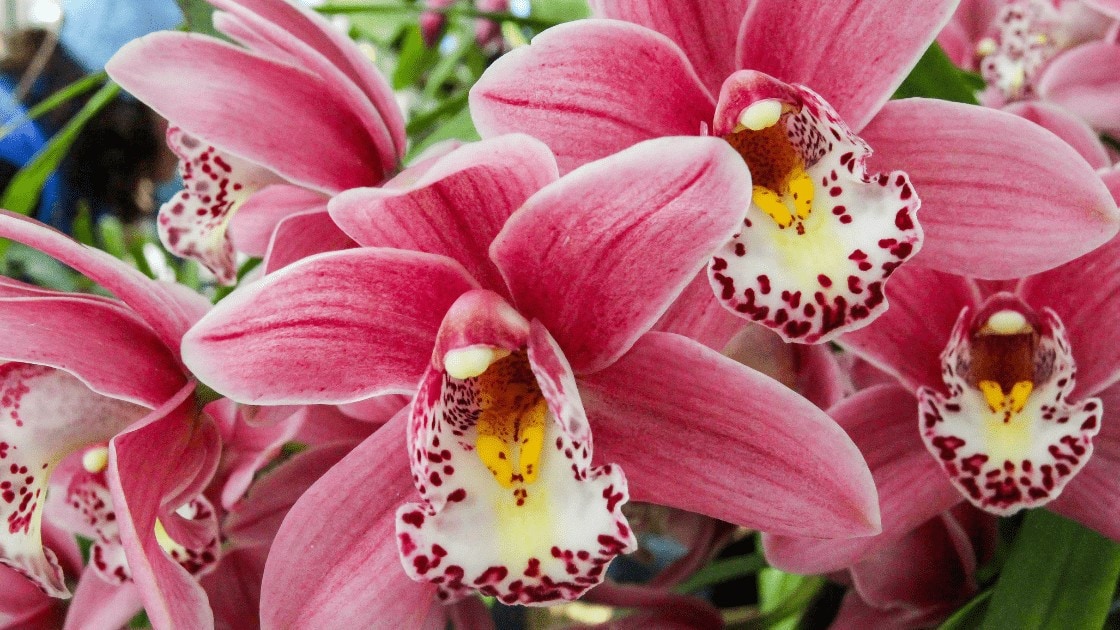
A money bouquet is a unique and creative arrangement of folded banknotes and decorative elements, resembling a traditional flower bouquet. Its popularity has soared in recent years, captivating the imaginations of gift-givers and recipients alike.
In this article, we will explore the meaning behind money bouquets, exploring their historical context, symbolism, construction techniques, occasions and recipients, cultural perspectives, practical uses, and ethical considerations.
Historical Context
The origins of money bouquets can be traced back to various cultures and regions across the globe. In Asian countries like China and Japan, the art of origami and folding money into decorative shapes has a long-standing tradition. Money bouquets, known as “hong bao” or “sakura money,” have been given as gifts during weddings, New Year celebrations, and other auspicious occasions. In the Western world, money bouquets have gained popularity more recently, particularly for graduations, birthdays, and weddings.
Browse our Affiliate Products
Symbolism and Significance
A money bouquet carries profound symbolism, representing prosperity and wealth. The folding of money into intricate shapes and arranging them into a bouquet signifies the transformation of financial resources into something visually appealing and valuable. It is a powerful visual metaphor for abundance and success. Additionally, giving a money bouquet is often associated with expressing good wishes, making it a meaningful gesture during celebratory events.
Construction and Design
Creating a money bouquet requires skillful folding techniques and thoughtful design. The primary material used is banknotes, usually of varying denominations to add visual interest and value. The banknotes are carefully folded into shapes such as flowers, butterflies, or other decorative elements, and then arranged to resemble a traditional bouquet. Sometimes, additional elements like ribbons, faux foliage, or decorative vases are incorporated to enhance the overall presentation.
Occasions and Recipients
Money bouquets are versatile gifts suitable for a range of occasions and recipients. In weddings and engagements, they symbolize good wishes for a prosperous and abundant future. For birthdays and anniversaries, a money bouquet can be a creative way to celebrate and convey appreciation. Graduations and academic achievements are also popular occasions for money bouquets, as they embody both congratulatory sentiments and the potential for future financial success. However, money bouquets can be given for any celebratory event where the recipient would appreciate a unique and meaningful gift.
Cultural Perspectives
Different cultures have their own traditions and beliefs regarding money bouquets. In Chinese culture, for instance, the color red is often used to wrap the money, symbolizing good luck and fortune. It is customary to give money bouquets in even denominations, as odd numbers are associated with funerals. In Japan, origami techniques are used to fold money into intricate shapes, such as cranes or koi fish, which carry their own symbolic meanings of luck and prosperity.
Practical Uses
Apart from being a thoughtful gift, money bouquets have practical uses as well. They can serve as stunning decorative centerpieces at events and parties, adding a touch of elegance and originality to the ambiance. Furthermore, money bouquets can be utilized as a creative way to present monetary gifts, adding an element of surprise and delight to the recipient’s experience. They are also employed in fundraising and charity events, as the visual appeal of money bouquets often entices participants to contribute to the cause.
Ethical Considerations
While money bouquets are undeniably impressive and meaningful gifts, it is important to consider ethical aspects. Proper etiquette should be observed when giving or receiving a money bouquet, as cultural sensitivities may vary.
For instance, in some cultures, it is customary to discreetly present the money bouquet in a private setting rather than in front of a large audience. Additionally, responsible financial management is crucial, as the symbolic value of a money bouquet should not overshadow the importance of prudent money management and financial planning.
What Can I Use for a Money Bouquet?
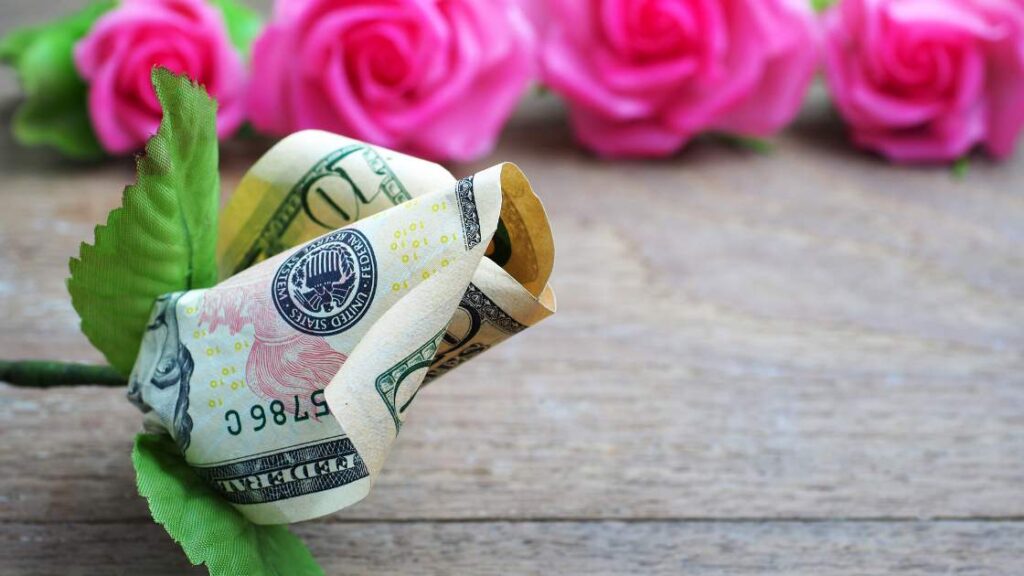
When creating a money bouquet, you can use a combination of materials to bring your creative vision to life. Here are some commonly used items for constructing a money bouquet:
- Banknotes: The primary component of a money bouquet is folded banknotes. You can use various denominations to add visual interest and value to the bouquet. Choose crisp and clean banknotes for a polished look.
- Floral Wire or Stems: To provide structure and support to the bouquet, you can use floral wire or stems. These can be attached to the folded banknotes, allowing you to arrange and shape them into desired positions.
- Decorative Vase or Container: Use a decorative vase or container to hold and showcase the money bouquet. You can choose one that matches the occasion or theme of your gift.
- Ribbons and Bows: Adding ribbons and bows can enhance the overall presentation of the money bouquet. Use them to tie the banknotes together, wrap around the stems, or adorn the vase.
- Faux Foliage: To give a more floral-like appearance to your money bouquet, you can incorporate faux foliage, such as silk leaves or decorative grass. This adds a touch of natural beauty and enhances the overall aesthetic.
- Adhesive: Depending on the folding technique used, you may need adhesive to secure the banknotes in their desired shapes. Clear tape or glue dots can be used sparingly to hold the folds in place.
- Additional Decorative Elements: Feel free to get creative and add other decorative elements to personalize your money bouquet. This could include small charms, paper butterflies, beads, or any other item that complements the theme or occasion.
Remember to handle the banknotes with care and avoid damaging them during the construction process. Folding techniques and tutorials are available online to guide you in creating various shapes and designs. Don’t hesitate to experiment and customize your money bouquet to make it truly unique and special.
Conclusion
Money bouquets are more than just creative arrangements of folded banknotes; they carry deep symbolism and cultural significance. Whether representing prosperity, celebrating special occasions, or serving as decorative centerpieces, money bouquets have captivated people around the world.
Their enduring appeal lies in their ability to combine financial value with artistic expression. As we navigate the future, the meaning of money bouquets will continue to evolve, adapting to new cultural contexts and inspiring creativity in gift-giving traditions.

